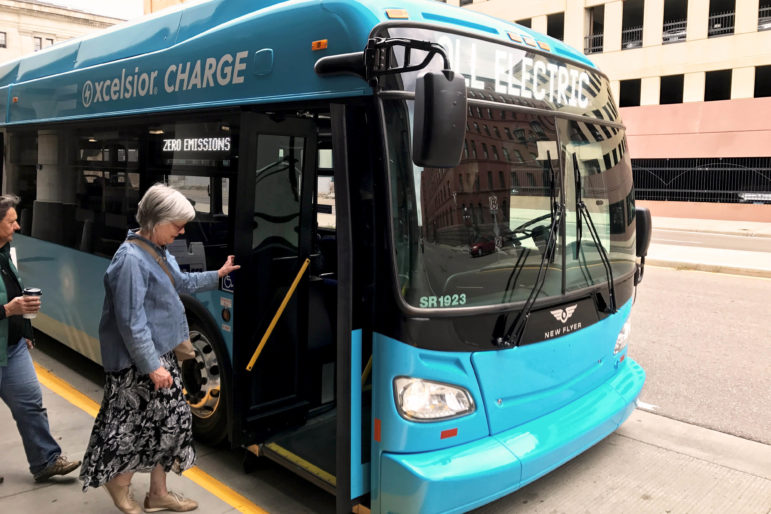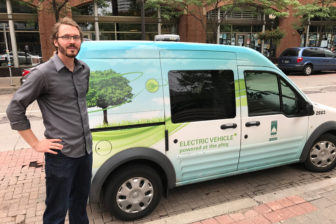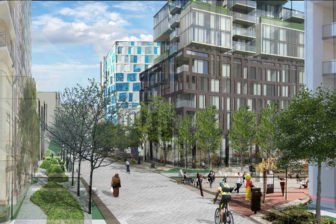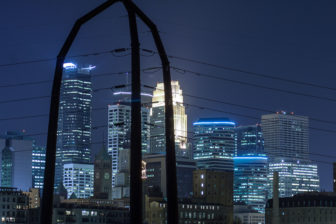 Thanks to strong energy policy, Minnesota is getting the carbon pollution out of our electric supply. Sixteen Minnesota coal plants are now closed or slated for retirement in the near term, with only a handful left to go. New renewable electricity is now cheaper than old fossil fuel power plants and we can begin to see the pathway to a power sector without emissions.
Thanks to strong energy policy, Minnesota is getting the carbon pollution out of our electric supply. Sixteen Minnesota coal plants are now closed or slated for retirement in the near term, with only a handful left to go. New renewable electricity is now cheaper than old fossil fuel power plants and we can begin to see the pathway to a power sector without emissions.
But even when we achieve an electric sector that’s emission-free, it won’t be enough to stem the rising tide of climate change. In other sectors of our economy, Minnesota is woefully behind schedule on its goal in state law to cut carbon emissions by at least 30 percent by 2025, and 80 percent by 2050.
Getting the oil and gas out of the rest of our economy is the next big challenge and we are turning our attention to that in a big way. The path to electrifying our economy starts with the low-hanging fruit—getting off of fossil fuels and on to clean electricity to power our cars, heat and cool our homes, and create a modern and resilient electric grid.

Cars, buses, and other vehicles now generate more carbon emissions than the electric sector, and tailpipe emissions cause air quality, asthma, and quality of life issues in our urban centers. Electric transportation is more affordable than ever—but we need good policies to spur that transition and power more transportation with wind and solar power. Learn more.
Super-efficient homes powered by electricity

Room and water heating make up a significant portion of the energy we use. Building new homes that can be heated with small amounts of renewable electricity, and updating homes that are still relying on propane and other high-carbon delivered fuels, could make a big dent in our carbon footprint while giving utilities more flexible load that can be powered by low-cost wind energy. Learn more.

An electric grid of the future
But if we’re going to add more electric vehicles and electric heat pumps, we have to chart a path toward a modern, flexible grid that can handle large expansions in renewable electricity. Fresh Energy is working to spur grid improvements and rate designs that truly move our economy into the 21st century. Learn more.
